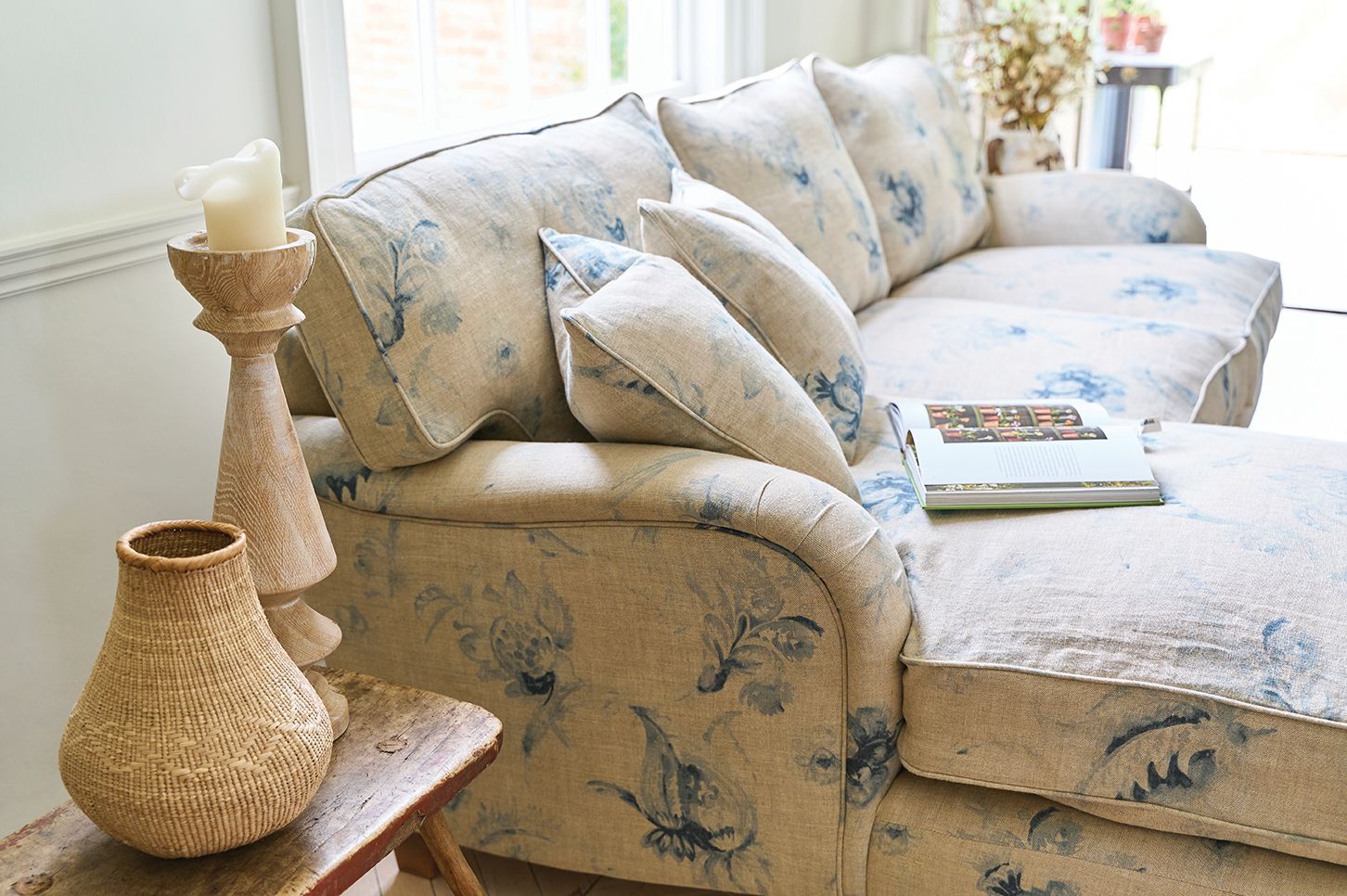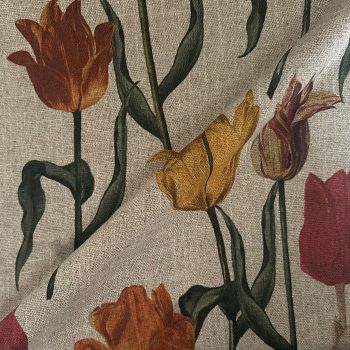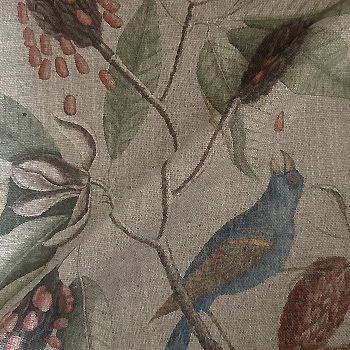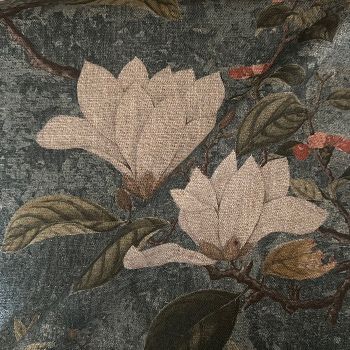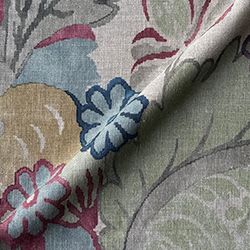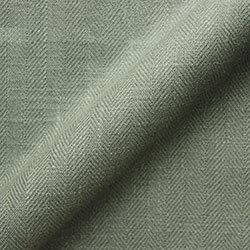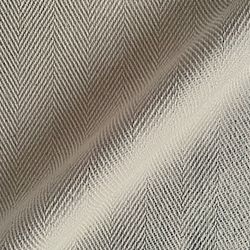A Sofas & Stuff buying guide for linen upholstery
Linen has been cherished for centuries for its elegance and natural charm. This exquisite fabric, made from flax fibres, offers a unique blend of longevity and comfort, making it a timeless option for upholstery.
Historically, linen has adorned everything from royal garments to fine home furnishings, and today, it continues to captivate with its refined texture and contemporary appeal. With the right knowledge, choosing linen upholstery for your home is a breeze. Read our linen upholstery buying guide below for all you need to know about this beautiful fabric.
Feeling inspired? Order up to 8 free fabric samples to be delivered to your home.
What to know about linen fabrics
Linen’s versatility has fueled its popularity across a variety of uses – think of your favourite linen shirt or pair of trousers, or the linen napkins that give your tablescape a finishing touch. It is also, rightfully, a beloved textile for fashion, upholstery, bedding and more.
You might not be surprised to hear that it is one of the world’s oldest known textiles, with dyed flax fibres, dating back over 30,000 years, found in a cave in present-day Georgia. While the methods of cultivation and production are much the same today as they were in the past, we now use a variety of linens in our homes.
The different types of linen
- Damask or jacquard linen: Damask linen has a tight weave structure with multiple layers of thread and is woven on a jacquard loom. This makes it particularly thick and lustrous, meaning it is often used for formal clothing and jackets.
- Closely-woven or sheeting linen: This type of linen also has a tight weave and is typically used for items that require more durability and a smoother texture, such as upholstery or garments. It is strong and less prone to snagging or stretching.
- Loose weave or open weave linen: Loose linen is characterised by its open, airy weave, making it lightweight and breathable. This type of linen is an excellent choice for summer clothing, drapes and other decorative items where a light, flowing fabric is desired. Its airy nature also gives it a relaxed, casual look.
- Plain weave or tabby weave linen: Plain weave linens are the simplest and most common type of weave. It features a straightforward over-and-under pattern, making it versatile and suitable for a variety of uses, from clothing to table linens. Its balanced structure provides durability and a smooth surface.
- Linen blends: Linen is often blended with other fibres, such as cotton, silk or synthetic materials to enhance its properties. The fabrics in our latest collaboration with the Royal Horticultural Society (RHS), RHS Botanicals, use a blend of 67% viscose and 33% linen to create a more durable alternative and to help the exclusively designed prints come to life.
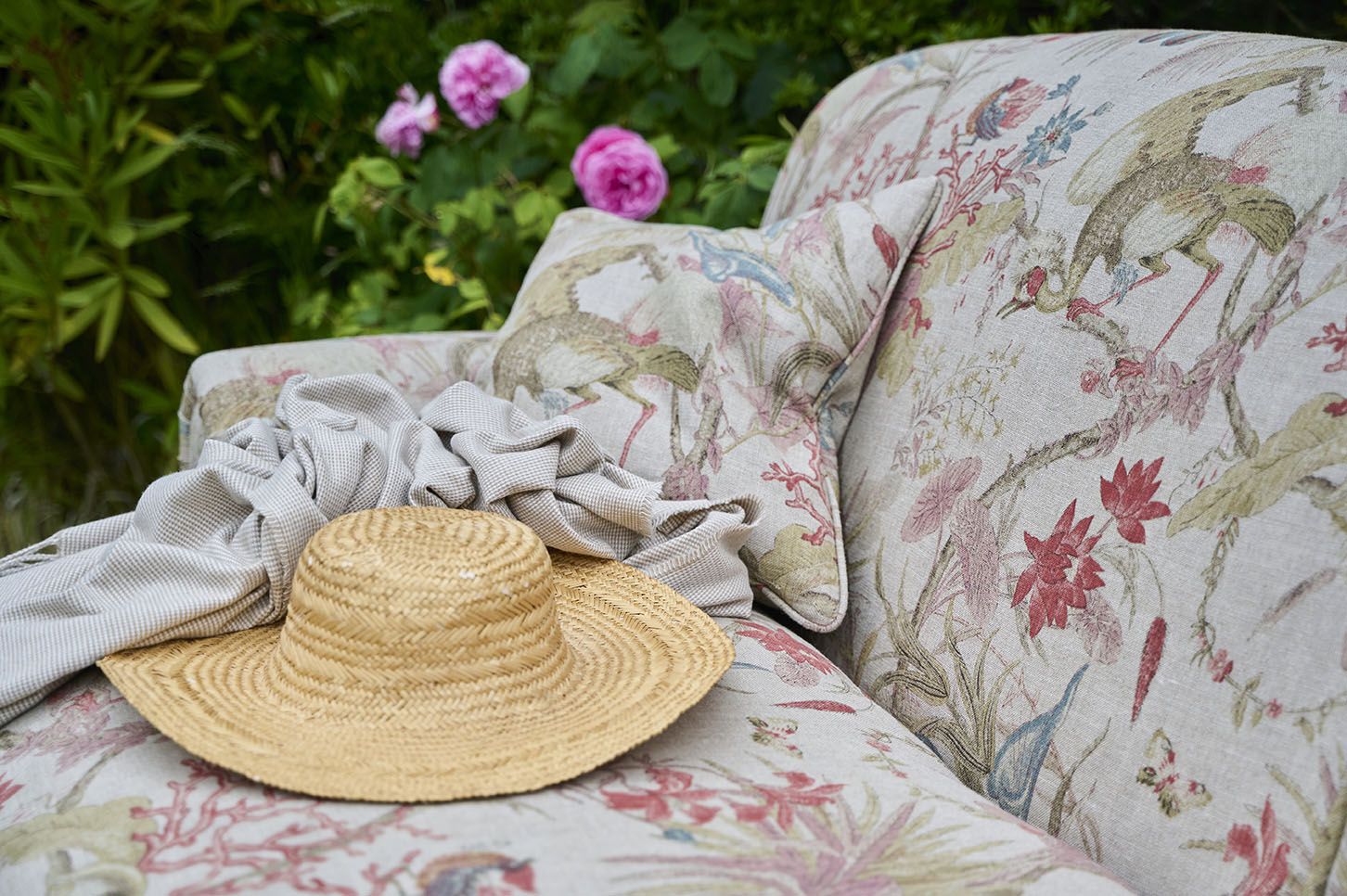
Linen and other textiles
When considering linen upholstery for your home, it can be helpful to compare some of its key features and characteristics to alternatives. This will help you weigh up the different choices and settle on the best option for your home.
- While both linen and cotton are natural fibres, linen is known for its superior breathability and moisture-wicking properties.
- Linen’s distinct texture and natural wrinkles give it a relaxed, lived-in look, whereas cotton tends to be softer and smoother.
- Linen is generally more durable than cotton, though cotton is easier to care for and less prone to wrinkles.
- For eco-conscious living, linen often fares better than cotton, typically requiring less land to cultivate, as well as using only a fraction of the water.
- Velvet’s short, dense pile offers a dramatically different aesthetic compared to linen. While linen is casual and breathable, velvet is plush and opulent.
- You’ll often find linen dyed in subdued hues or with coastal stripes, while velvet carries deep, jewel tones with style.
- Although linen ages gracefully and softens over time, it can require a little more maintenance than velvets – particularly synthetic velvets, which can withstand heavier use.
- Though both are natural fibres, linen offers a relaxed look while wool is more suited to tailored, elevated furniture pieces.
- Linen is exceptionally breathable year-round, while wool’s natural insulating properties are better suited for warm and cosy furnishings.
- Both linen and wool are long-lasting, durable fabrics. However, linen requires gentle handling and redressing to avoid excessive wrinkling, while wool’s natural elasticity retains its shape.
Did you know?
A linen fabric’s colour can vary slightly depending on whether the flax was harvested in autumn or summer. These minor variations in shade are simply part of the individual, natural beauty of every linen fabric.
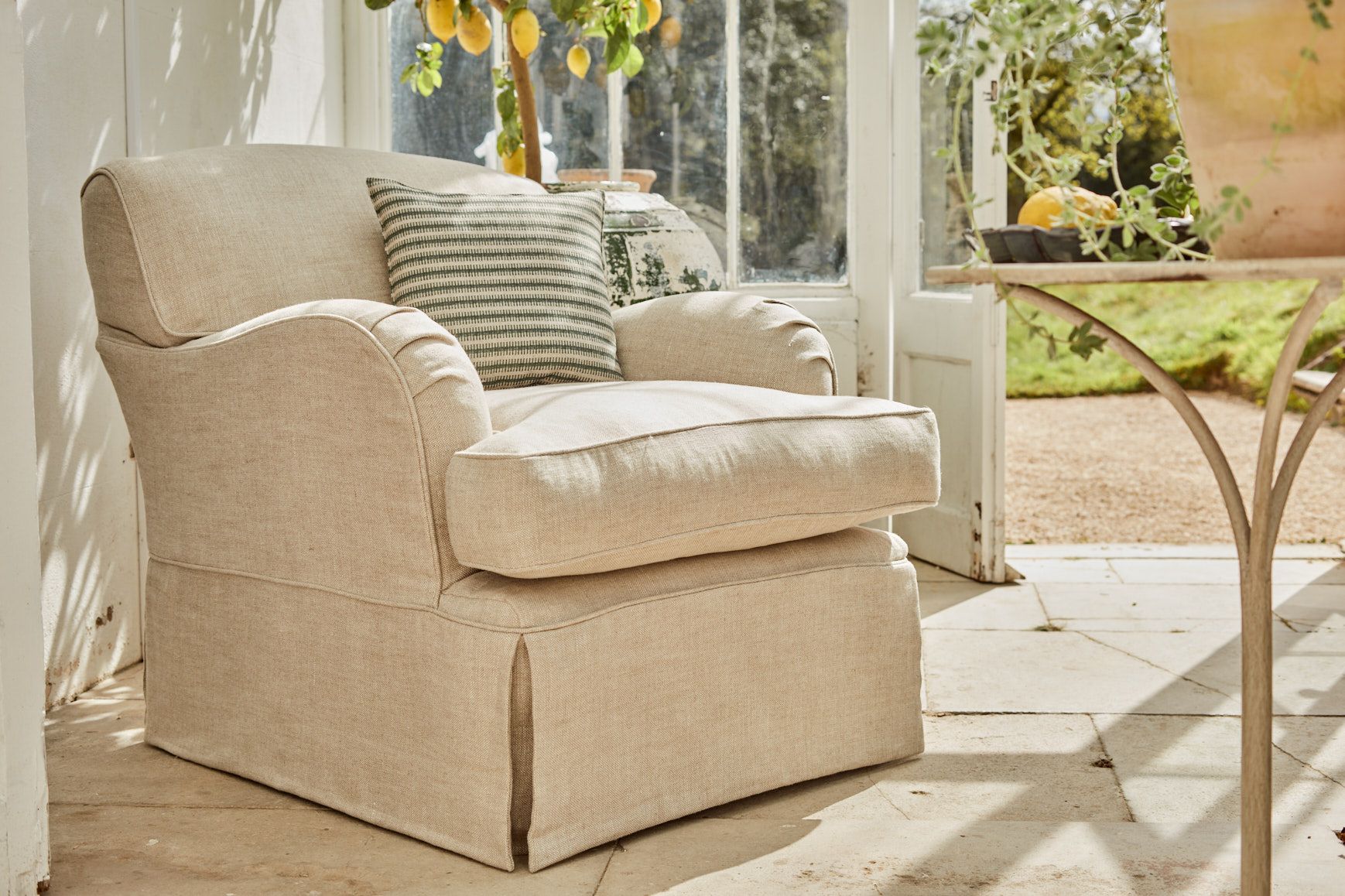
How to choose the best linen for your home
We all want our homes to be exceptionally comfortable, welcoming spaces where our furniture fits our needs without compromise. As such, choosing the perfect linen for your home involves considering your lifestyle, room usage and individual style. Here are some pointers to consider:
- For high-traffic, regularly used spaces like the living room or family room, select a tightly woven, high-thread-count linen or, alternatively, a viscose-linen blend. These linens are more resilient and resistant to wear and tear and stains.
- In more formal areas of your home, such as a drawing room or study, consider a finer, or more loosely woven linen that adds sophistication without needing to stand up to considerable usage.
- Linen’s natural beauty carries neutral and minimalist tones well. Beige, grey or soft white linen upholstery complements various decor styles and can be easily paired with vibrant accessories such as patterned scatter cushions and knitted throws.
- For a unique statement piece, select a bolder colour or pattern. Stripes or florals, in particular, are charming on a linen fabric and can add personality to your home’s design scheme.
- Linen is known for its longevity but does require some care to maintain its appearance. Regular hoovering can keep your linen looking fresh, along with professional steam cleaning once or twice a year. For areas subject to constant use, consider a linen blend with stain-resistant properties for easier maintenance.
- Linen fabrics can be prone to fading if placed in direct sunlight. If this is likely, selecting a patterned fabric might limit how noticeable this is. Alternately, plan to position your sofa or bed away from the window ahead of choosing your fabric.
A look at our linen fabric library
Our library is full to the brim with fine quality linen fabrics; a trove of textures, colours and patterns, carefully curated to inspire your interior design process. Below, we explore some of our most popular collections – for a more in-depth look, be sure to visit your nearest showroom. You can also now purchase our stunning exclusive fabric collections by the metre, perfect for soft furnishings to complement your handcrafted Sofas & Stuff piece.
Exclusive Fabrics: RHS Botanicals
Our newest collection is RHS Botanicals, drawing upon the archives of the RHS Lindley Collections. Each of the seven fabrics is printed with a print inspired by nature’s wondrous beauty on a linen and viscose blend fabric.
Exclusive Fabrics: Floral Linen
The Floral Linen collection is exclusive to Sofas & Stuff – featuring a plethora of statement florals printed on pure, 100% linen of the highest quality and manufactured here in Britain. Find enchanting depictions of flowers, greenery and even the odd winged creatures, including birds and butterflies.
Signature Fabrics: Herringbone
We have a number of Herringbone linen-blend fabrics which are highly regarded by our customers, containing linen yarns in varying proportions. These are a wonderful option for those who prefer a plain but resistant linen upholstery fabric, with a little textural flair.
Bring linen’s elegance into your home
Linen has an enduring, timeless appeal and will no doubt continue to grace our homes well into the future. It can be a charming choice for your handcrafted Sofas & Stuff piece of furniture, completing our sofa, chair and bed silhouettes.
By understanding how to select the right type of linen and maintaining it properly, you can ensure your furniture remains beautiful and functional for years to come. Visit us at one of our 23 nationwide showrooms to browse our fabric books and speak with our design consultants, or book a one-to-one design consultation at a time that suits you.

Linen upholstery fabric FAQs
Absolutely, linen is a fantastic choice for upholstery. It is durable, breathable and offers a timeless aesthetic. If this guide didn’t convince you, it is also one of our founder’s favourite fabrics for sofa upholstery.
The best way to clean linen upholstery is to use gentle methods to avoid damaging the fabric. Start with regular hoovering using a soft brush attachment to remove dust and dirt. For spot cleaning, use a mild soap mixed with water, dab gently and avoid rubbing.
Always test cleaning solutions on a small, inconspicuous area first, and for more personalised advice on linen furniture care, speak with our design consultant team.
Yes, you can steam clean linen upholstery – in fact, we recommend doing so once or twice a year. We do recommend that you contact a professional to handle this for you, ensuring your linen upholstery is protected.
Linen is a durable fabric that matures gracefully over time. Its natural fibres are strong and can withstand regular use. However, in domestic homes with sticky fingers or muddy paws to contend with, it may be better to select a stain-resistant option.
To protect linen upholstery, use fabric protectors specifically designed for natural fibres. Position furniture away from direct sunlight to prevent fading, and consider using slipcovers or throws in high-use areas. Rotating cushions regularly will also help distribute wear evenly.
We also offer Staingard Plus™ protection, which we would recommend to keep your sofa or bed looking its very best no matter what life throws at it.
Linen upholstery is not typically machine washable as this can lead to shrinkage and damage. To avoid this, opt for professional cleaning services to maintain the integrity and appearance of the fabric.

